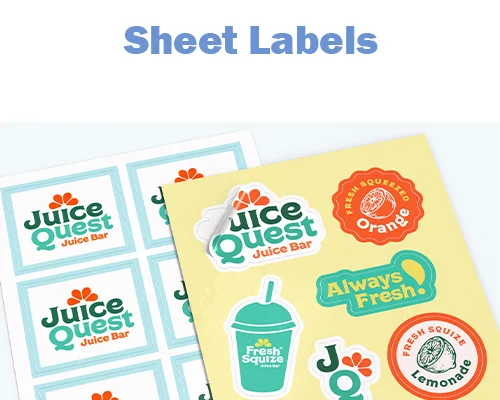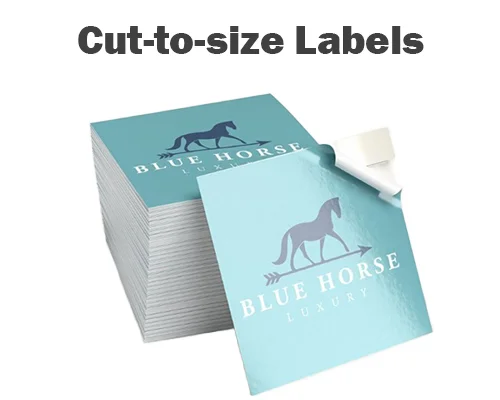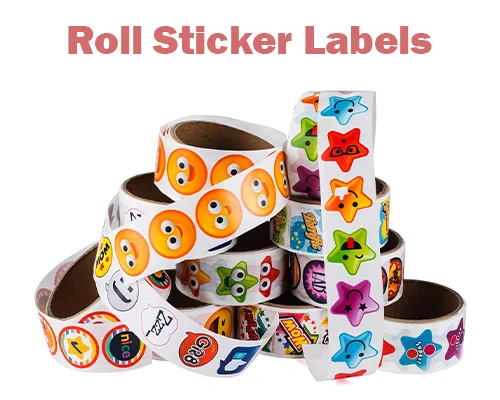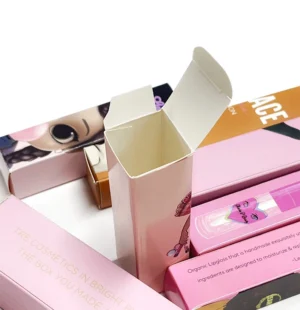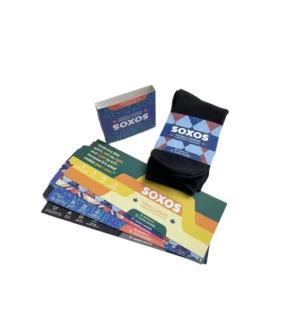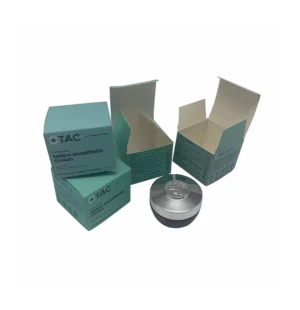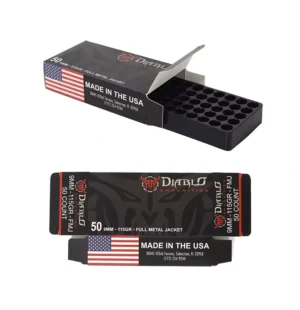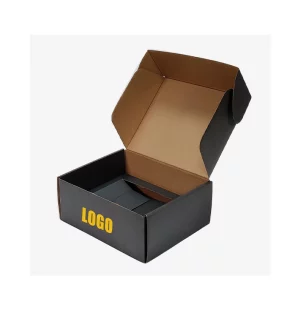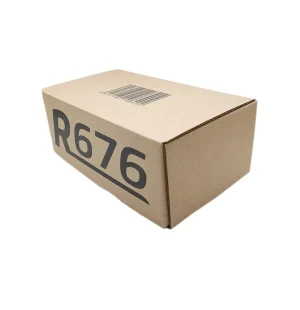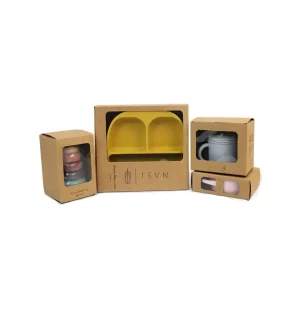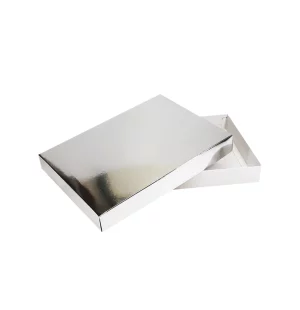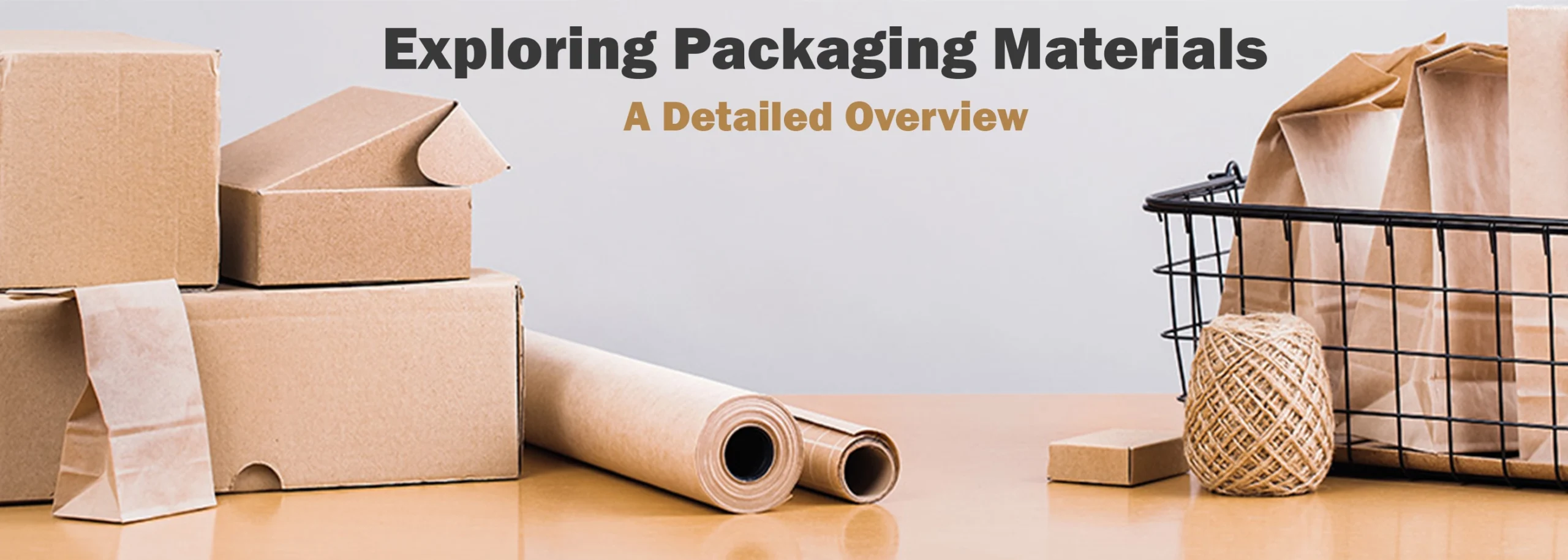
Packaging materials are vital for product protection and presentation. Cardboard offers versatility, while paperboard balances strength with sustainability. These materials ensure safe transportation, communicate brand values, and cater to consumer preferences. Understanding their properties empowers businesses to make informed decisions for product integrity and environmental responsibility.
Table of contents:
Cardboard material
Kraft material
Corrugated material
Rigid material
Stickers / labels
Cardboard material
Cardboard material refers to a versatile and widely used type of paper-based material that comes in various thicknesses and compositions. The thickness of cardboard is typically measured in grams per square meter (gsm), indicating the weight of the material per square meter of area. Here’s an overview of different thicknesses of cardboard ranging from 80 grams to 600 grams:
80 / 150 Grams
This grade of cardboard offers increased durability and strength compared to lighter options, making it suitable for a variety of applications. Common uses for cardboard of this thickness include packaging for products that require moderate protection during transit and storage, such as small electronics, cosmetics, or retail goods. Additionally, 150gsm cardboard is often used for crafting projects that require a more substantial material than lightweight options, such as creating card bases, structural elements, or decorative embellishments. Despite its enhanced strength, this cardboard is still relatively easy to cut, shape, and print, offering versatility for both practical and creative purposes.
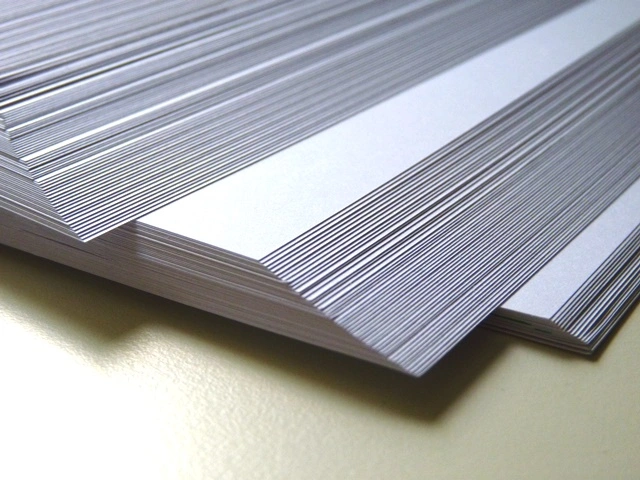
300 / 400 grams
This grade of cardboard offers superior strength and protection, ensuring that delicate or lightweight products remain secure and well-presented during storage and display. Commonly used for retail packaging, 300gsm cardboard provides a sturdy and reliable solution that enhances product visibility and brand appeal on store shelves. Its versatility allows for customization with printing, branding, and design elements, creating an attractive and professional packaging solution that enhances the overall customer experience. Whether used for candles, soaps, or other retail products, 300gsm cardboard offers peace of mind, ensuring that products are safely packaged and ready for purchase.
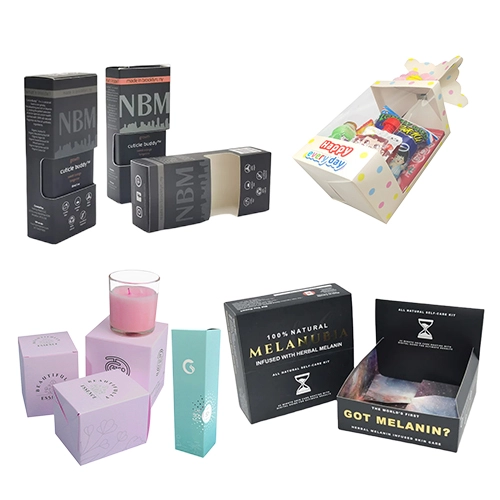
600 grams (gsm):
Renowned for its exceptional durability and rigidity, this ultra-heavyweight grade provides robust protection and structural integrity, crucial for safeguarding delicate items like playing cards and tarot decks. Moreover, its substantial thickness ensures that business cards maintain a professional and premium feel, enhancing their perceived value and durability. In addition to card production, 600gsm cardboard is favored for crafting large-sized boxes due to its ability to withstand the weight of multiple items while providing reliable protection during transit and storage. Whether used for cards or packaging, 600gsm cardboard guarantees unmatched strength and resilience, making it a preferred choice for various applications requiring top-tier quality and durability.
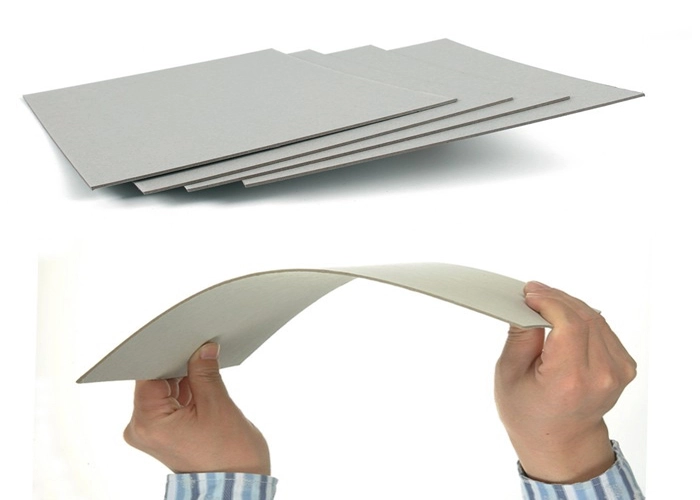
Kraft Material
The term “kraft” originates from the German word for strength, reflecting the robustness and durability of the material produced through this process. Kraft paper is known for its brown color, rough texture, and high tensile strength, making it ideal for a wide range of applications.
Shopping Bags
Kraft paper is frequently used to make shopping bags due to its strength and eco-friendliness. It can be easily printed with logos and designs, making it a popular choice for retail packaging.

Packaging Material
Kraft paper stock is used as packaging material for products such as retail items like candles, handmade soaps, and other perishable goods. Its breathable nature helps maintain freshness while providing protection during transportation and storage.

Crafting
Kraft paper is a favorite material for crafters due to its natural appearance and versatility. It can be used for scrapbooking, card making, gift wrapping, and various other DIY projects.

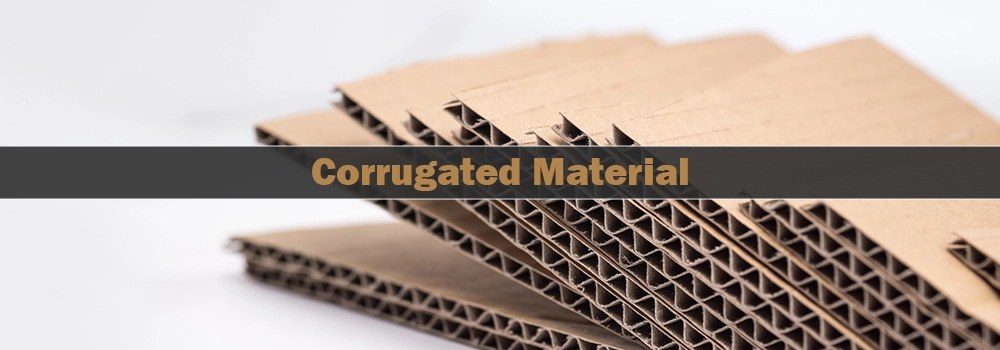
Corrugated material refers to a type of packaging material made from corrugated fiberboard, which consists of a fluted or ridged sheet of paper sandwiched between two flat sheets. This construction gives corrugated stock its strength, rigidity, and cushioning properties, making it ideal for packaging and shipping applications.
The fluted layer, typically made from a material such as kraft paper, provides structural support and acts as a cushion to protect the contents of the packaging from impacts and vibrations during transit. The flat outer layers, known as liners, provide additional strength and stability to the corrugated stock.

Corrugated stock is available in various grades, ranging from single-wall to triple-wall, with each grade offering different levels of strength and protection. It is widely used in industries such as e-commerce, retail, manufacturing, and agriculture for packaging products of all shapes and sizes, including electronics, food items, furniture, and industrial equipment.

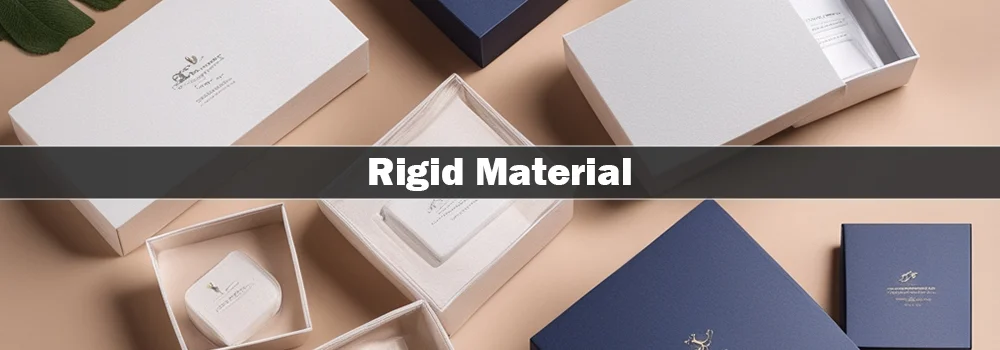
Rigid material refers to a premium-grade material known for its exceptional quality, durability, and luxurious appearance. This type of stock is typically used for high-end packaging, displays, and promotional materials where a sophisticated and upscale look is desired. Luxury rigid stock is commonly used in industries such as fashion, cosmetics, jewelry, and spirits for a wide range of applications
Luxury Packaging
Luxury rigid stock is used to create packaging boxes, bags, and pouches for high-end products such as designer clothing, cosmetics, perfumes, and premium spirits. These packages often feature intricate designs, specialty finishes, and embellishments such as foil stamping, embossing, or debossing.
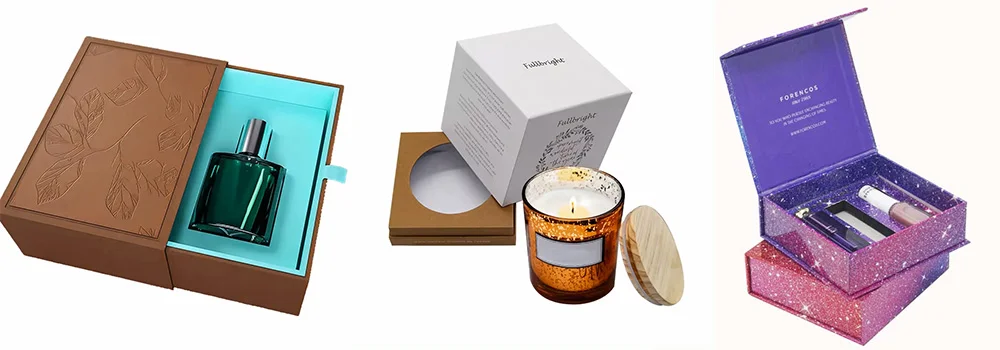
Premium Displays
Luxury rigid stock is used to create custom displays, stands, and fixtures for luxury retail environments. These displays are designed to showcase products in a sophisticated and visually appealing manner, enhancing the brand experience for customers.
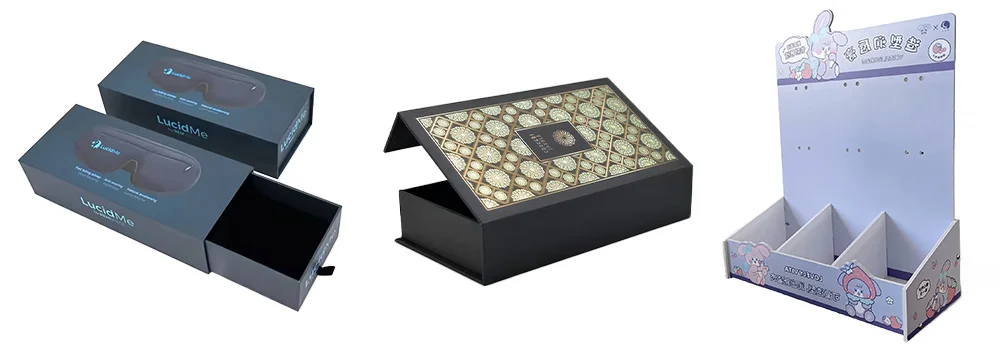
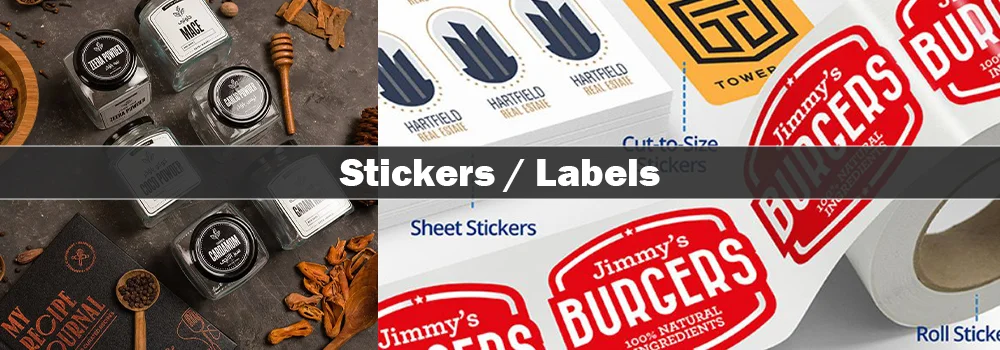
Stickers and labels are adhesive-backed materials used for various purposes, ranging from product identification and branding to decoration and information dissemination. Typically made from paper, vinyl, or plastic materials, stickers and labels come in a wide range of shapes, sizes, and designs to suit different applications. These adhesive-backed materials adhere to surfaces such as paper, plastic, glass, metal, and fabric, providing a convenient and versatile way to convey messages, promote brands, and enhance visual appeal. Common uses for stickers and labels include product labeling, packaging decoration, promotional giveaways, address labeling, bumper stickers, and signage. They can be printed with text, graphics, logos, barcodes, and other custom designs to meet specific requirements. Stickers and labels play a crucial role in marketing, branding, and organizational efforts, providing a cost-effective and impactful means of communication and expression.
